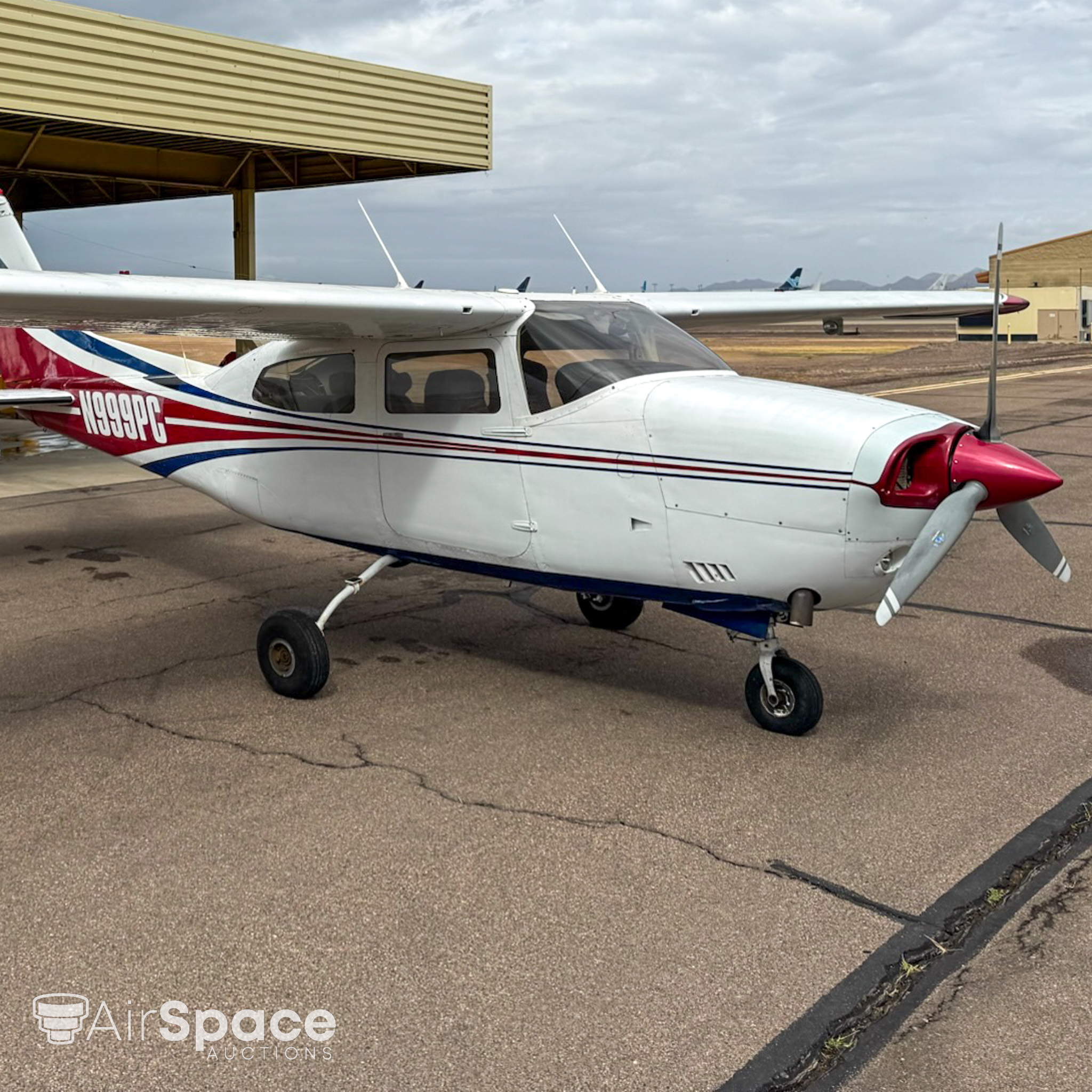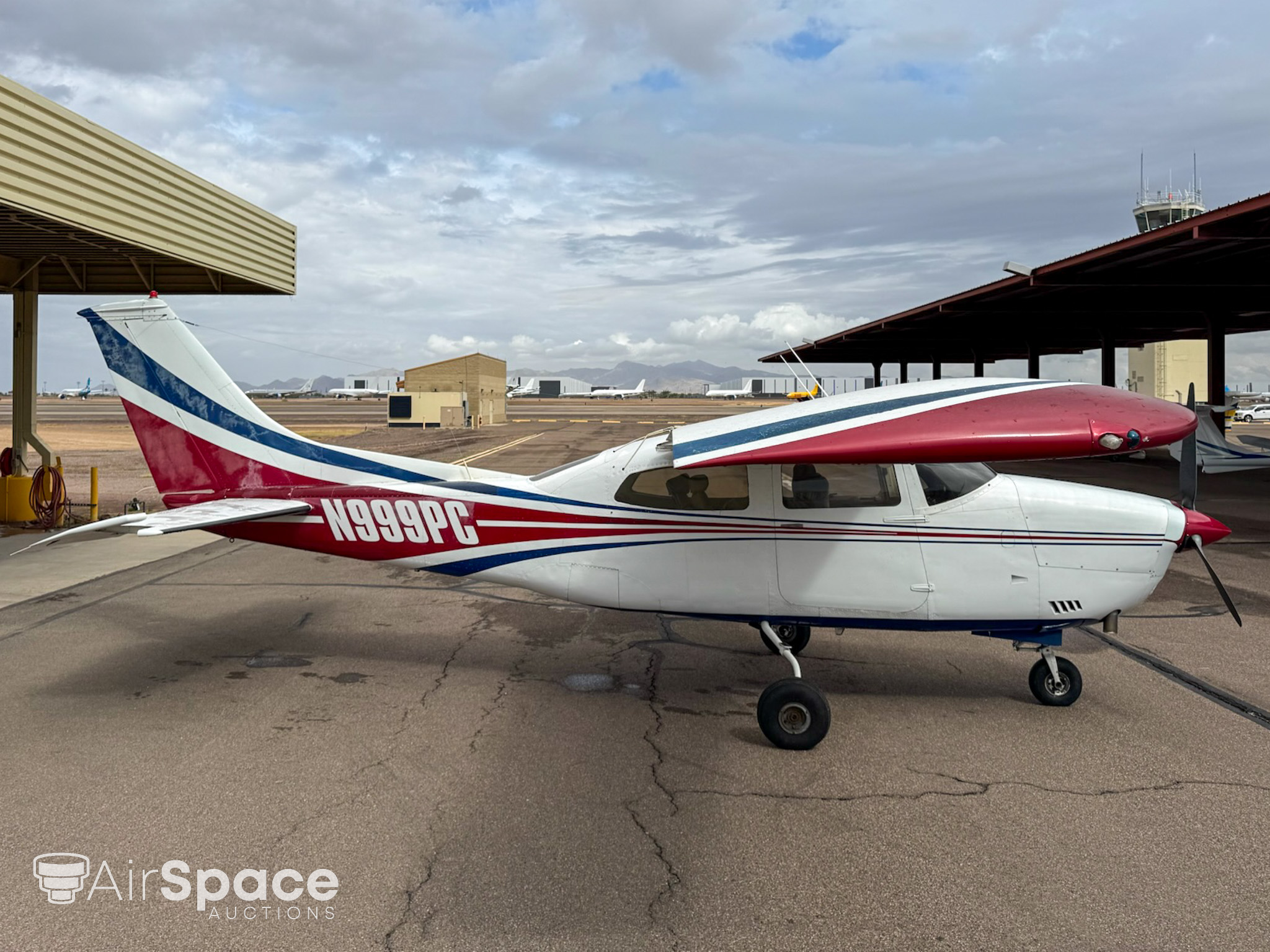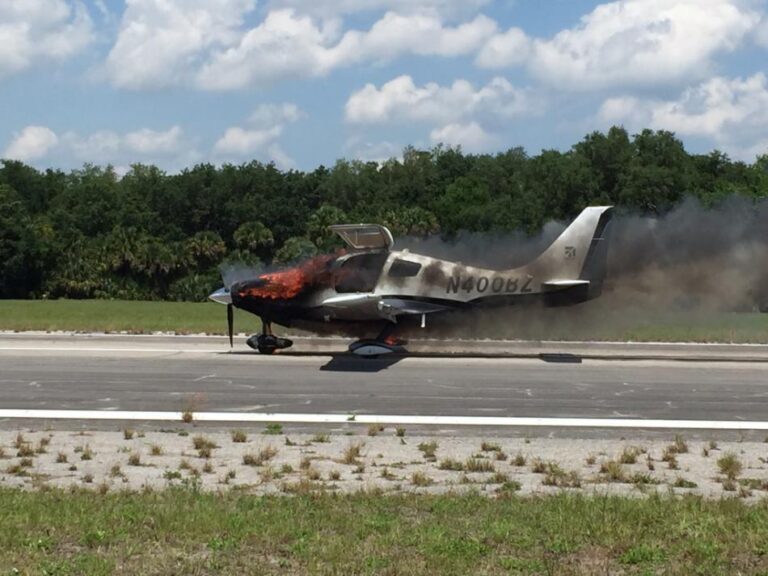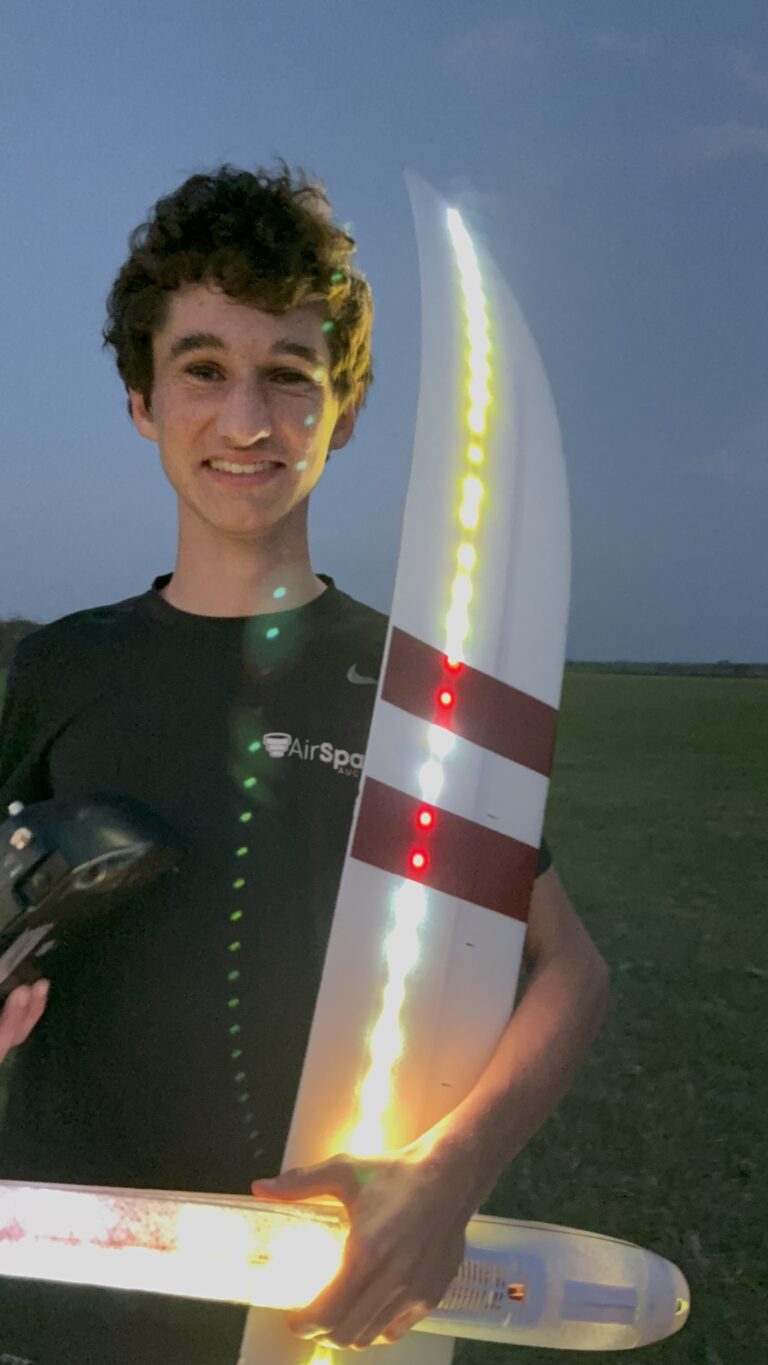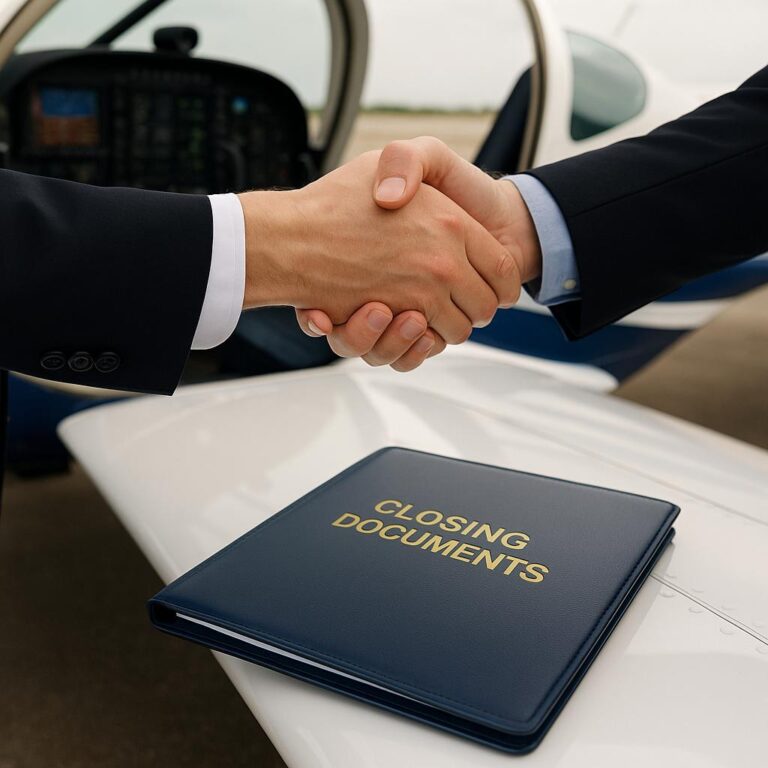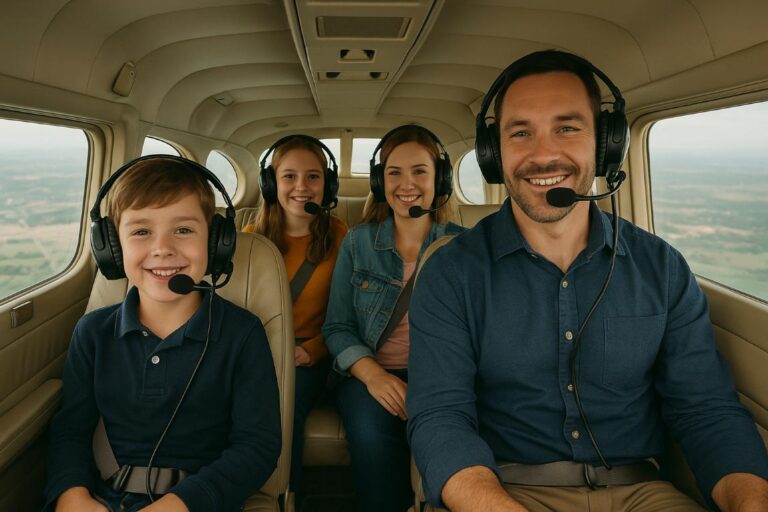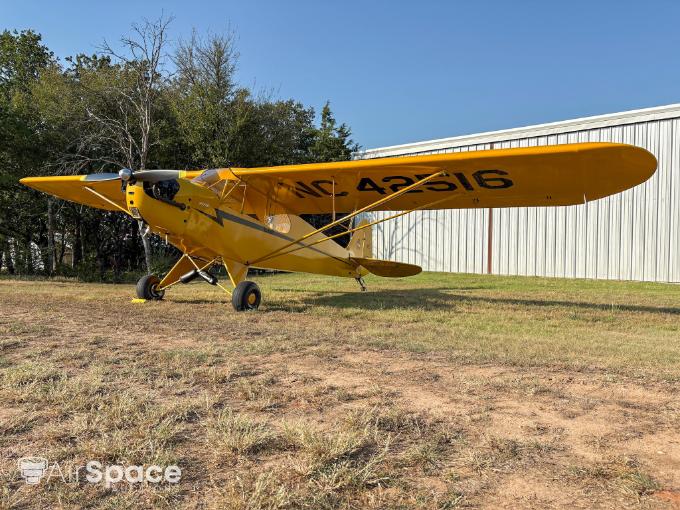1972 Cessna T210L: A Proven Platform for High-Performance Cross-Country Flight
The 1972 Cessna T210L, tail number N999PC, represents a refined era of general aviation engineering. Known for its balance of turbocharged power, payload capacity, and cross-country range, the T210L remains a strong contender for pilots who want reliable, IFR-certified performance wrapped in a utility-focused airframe. With a Fresh May 2025 Annual, low total time, and complete logbooks, this specific T210L offers a compelling opportunity in the used aircraft market.
Cessna’s Legacy and the 210 Lineage
Founded in 1927 by Clyde Cessna, the Cessna Aircraft Company helped pioneer general aviation in America. Best known for dependable, mass-produced models like the Cessna 172 and 182, the company also pushed into high-performance single-engine designs—none more successful than the Cessna 210 series.
Introduced in 1960, the Cessna 210 began as a strutless version of the 182 with retractable gear. Over its production life, the 210 evolved into a more complex, faster aircraft. By 1972, the T210L variant offered turbocharged performance and structural enhancements including a longer wing, increased useful load, and improved aerodynamics.
This evolution turned the T210 into a go-to aircraft for owner-operators, charter pilots, and business travelers alike. Its ability to climb above weather and maintain cruise speeds over 170 knots made it an attractive, cost-effective alternative to light twins—without the added complexity and expense.

1972 Cessna T210L – N999PC Overview
The 1972 Cessna T210L, registration N999PC, represents a high-performance, turbocharged single-engine aircraft ideal for serious cross-country missions. Known for its blend of speed, payload capacity, and altitude capability, the T210L is a standout in the six-seat retractable gear class. This particular example features low airframe time—just 2,992 total hours—and a Continental TSIO-520-H engine with only 221 hours since new. It will be delivered with a fresh May 2025 Annual, ensuring mechanical readiness and peace of mind for the next owner. With complete logbooks, IFR certification (as of July 2024), and a robust avionics suite, this aircraft is positioned as a turnkey solution for discerning pilots who value reliability, versatility, and long-range utility.
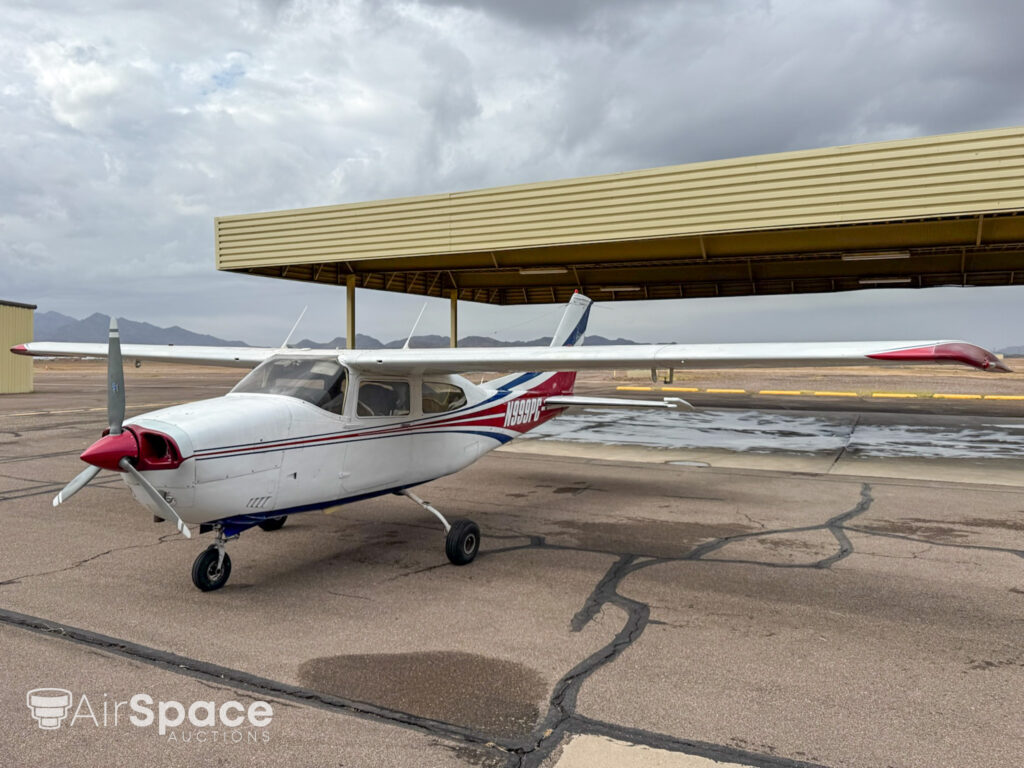
Ideal Use Cases
The T210L is widely recognized for its role as a:
- Cross-country traveler: Its turbocharged engine and cruise speeds around 170 knots make it ideal for regional travel.
- Business aircraft: With six seats and reasonable operating costs, it’s a cost-effective tool for professionals.
- Mountain performer: The turbocharged engine and oxygen system make this aircraft reliable in high-elevation terrain.
- IFR trainer or owner-flown IFR platform: Certified and ready for serious flight planning.
- Family utility aircraft: Spacious and flexible for passengers and gear.
Fresh Annual – A Major Value Marker
One of the most important features of N999PC is its Fresh May 2025 Annual. In today’s market, a current Annual not only provides peace of mind but also directly impacts resale value and immediate airworthiness. Aircraft that are out of Annual often sit for extended periods, requiring time and money to bring back into compliance.
By contrast, a fresh inspection ensures that the airframe, engine, avionics, and systems have been thoroughly reviewed by qualified mechanics. It simplifies the pre-purchase inspection and reduces risk for the buyer. This is especially critical for turbocharged aircraft, where cylinder condition and pressurization systems must be carefully monitored.
The Fresh Annual on N999PC is a marker of value, reliability, and immediate usability—one of the most compelling selling points for this auction.

Airframe
The airframe on N999PC reflects Cessna’s durable high-performance engineering. With just 2,992 total hours, this aircraft’s structure is relatively low-time for its age and class. Notably, the airframe has no known corrosion and has retained complete logbooks, which is a significant advantage when evaluating long-term value and maintenance planning.
The 210L features a cantilever wing, eliminating the drag of external struts and helping achieve a higher cruise speed than comparable aircraft. Its retractable gear reduces drag further, making the T210L a true traveling machine. This example has a useful load of 1,322.89 lbs, supporting full-fuel missions with passengers and cargo.
Stall speed is 65 mph, aided by Fowler flaps for better low-speed control. These characteristics allow for safe, stable handling on short final—an essential feature for backcountry strips and short municipal runways alike.
The Fresh May 2025 Annual gives confidence to prospective buyers that the aircraft has undergone recent scrutiny and is ready for dispatch.

Engine
Power comes from a Continental TSIO-520H4BN, producing 285 horsepower. This turbocharged, fuel-injected six-cylinder engine is a respected workhorse in the general aviation community, well known for reliability and cruise performance at high altitudes.
- Engine Serial Number: 1034802
- Total Time Since New (SNEW): 221 hours
- Date of Installation: May 1, 2018
With just 221 hours since factory new installation, this engine is barely broken in. That’s an exceptional selling point—especially for an aircraft built in 1972. Pilots can expect solid performance and minimal maintenance headaches in the near term, assuming regular operating conditions and adherence to proper procedures.
Being turbocharged, the engine maintains power at altitude—crucial for mountain crossings or above-weather cruise segments. It’s this turbocharged efficiency that sets the T210L apart from non-pressurized singles in the same price bracket.
Propeller
The aircraft is equipped with a McCauley D3A32C88-M three-blade, constant-speed aluminum propeller that delivers smooth and efficient power throughout the flight envelope. This propeller model is known for durability and optimal performance, especially when paired with the turbocharged Continental TSIO-520 engine. The current prop has 924 hours since major overhaul, with the overhaul completed on December 14, 2006, by American Propeller Service. Each blade—serial numbers JC042YS, JC047YS, and JC063YS—is matched and maintained, contributing to balanced operation and reduced vibration. This configuration supports the T210L’s high-altitude performance and complements its mission as a reliable, high-speed cross-country aircraft.

Avionics
The aircraft is IFR certified as of July 15, 2024, and comes equipped with a well-integrated avionics suite suitable for instrument and cross-country work.
- Garmin GNS 530W GPS/Nav/Comm
- BendixKing KMA-24 Audio Panel
- BendixKing KX-155 TSO Nav/Comm
- BendixKing KN-64 DME
- Stratus Appareo ADS-B Out
- Century III Autopilot
The GNS 530W is a WAAS-capable GPS that supports LPV approaches and offers excellent navigation redundancy. The Century III autopilot integrates well for steady IFR cruise and approach management, adding value for single-pilot operations.
ADS-B Out compliance via the Stratus Appareo unit ensures legality in controlled airspace and provides the groundwork for modern situational awareness, especially when paired with tablet EFB solutions.

Interior
The cabin is configured for six occupants and remains in good original condition, complemented by new carpet and sheepskin seat covers on the front seats. The color scheme includes shades of gray and tan, offering a subdued and classic appearance.
The cabin’s layout supports mission flexibility—whether loading passengers, bags, or gear. The 210’s all-metal rear cargo area and easy rear access make it useful for families, traveling professionals, or recreational pilots heading to remote strips.

Exterior
The aircraft presents in white with red and blue stripes, a simple and clean scheme that reflects the aircraft’s practical role. While paint condition is not specified in detail, the preserved scheme indicates an owner who has prioritized mechanical condition over cosmetics—a welcome sign for many value-focused buyers.
Combined with the clean logbooks, lack of corrosion, and recent inspections, this aircraft’s exterior speaks to consistent maintenance and operational discipline.
Additional Features
- Six-Place Built-In Oxygen System: Enhances utility for high-altitude flight and long-distance comfort, especially in mountainous terrain or on IFR routes.
- No Missing Logs: Complete documentation supports airworthiness, financing, and resale.
- No Known Corrosion: Reduces long-term ownership risk.
- Incident History: Details available in online documentation.
This is a complete and transparent aircraft package. The inclusion of the oxygen system, recent IFR cert, and a well-integrated avionics stack puts this T210L among the most capable singles in its class.

Auction Details
- Auction Dates: July 2 – July 9, 2025
- Starting Bid: $85,000
- Buyer Premium: 6%
- Deposit Required: $4,000
- Location: Phoenix, AZ
This aircraft will be available via Airspace Auctions, a trusted name in aviation sales. The auction format offers an opportunity to acquire this capable aircraft at a competitive price point, while the 6% buyer premium and reasonable deposit streamline the bidding process.
Conclusion
The 1972 Cessna T210L, N999PC, presents an ideal balance of turbocharged power, mission flexibility, and mechanical freshness. With a low-time airframe, recently installed engine, modern avionics, and a Fresh May 2025 Annual, it stands out as a well-maintained and mission-ready aircraft.
From business flights to recreational adventures, this aircraft delivers Cessna’s trusted legacy in a turbocharged platform built for altitude, speed, and safety. The upcoming auction offers a rare chance to acquire a solid T210L with complete logs and proven care history.
Whether you’re stepping up from a fixed-gear single or downsizing from a light twin, N999PC deserves strong consideration, and be ready to bid on an aircraft that reflects the very best of value, performance, and reliability.
Specifications and/or descriptions are provided as introductory information only and do not constitute representations or warranties. Verification of specifications remain the sole responsibility of purchaser.

